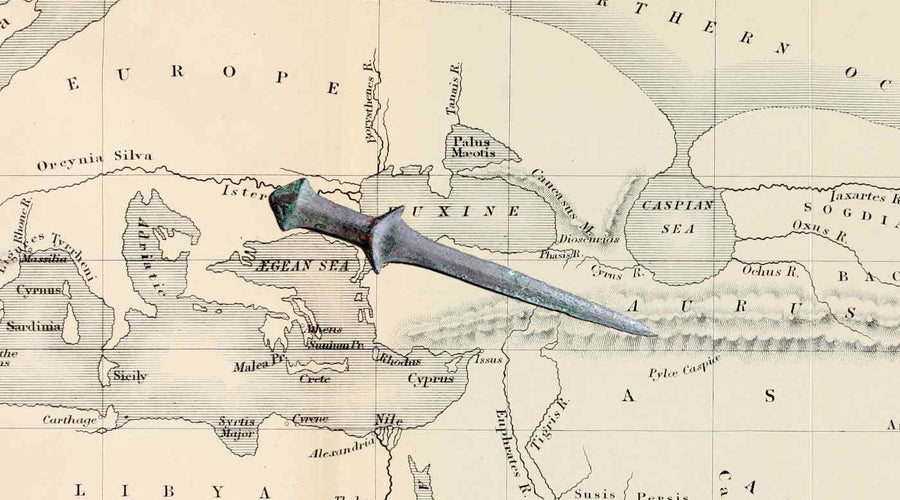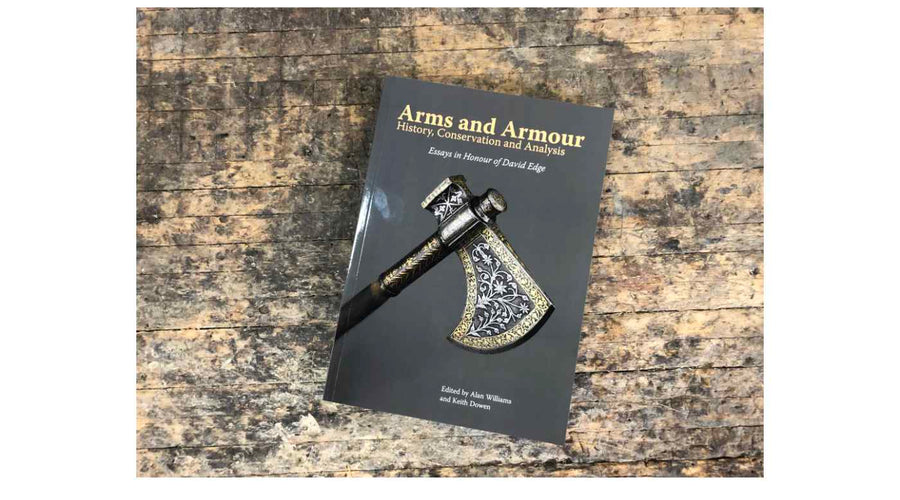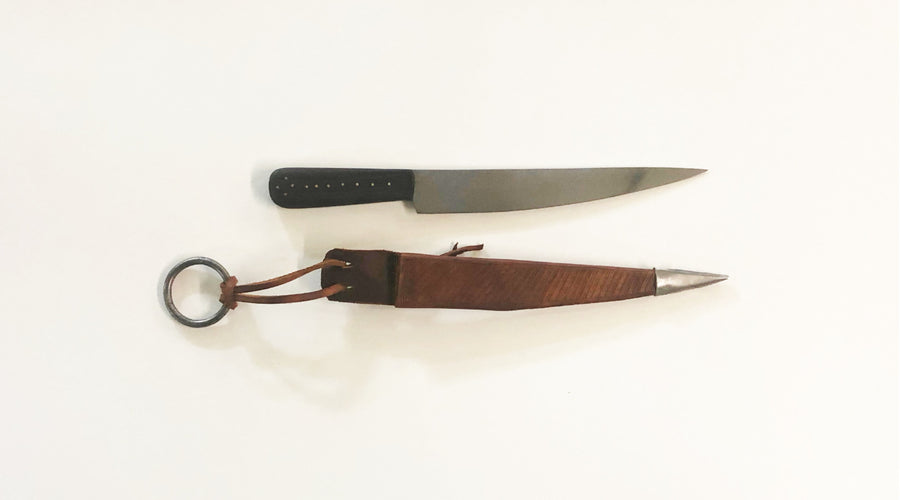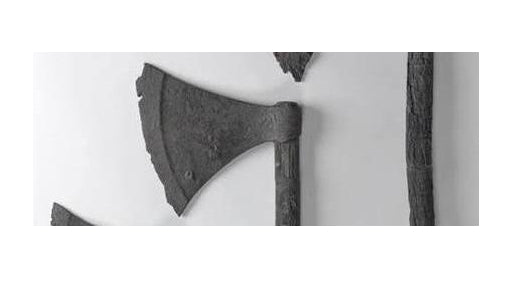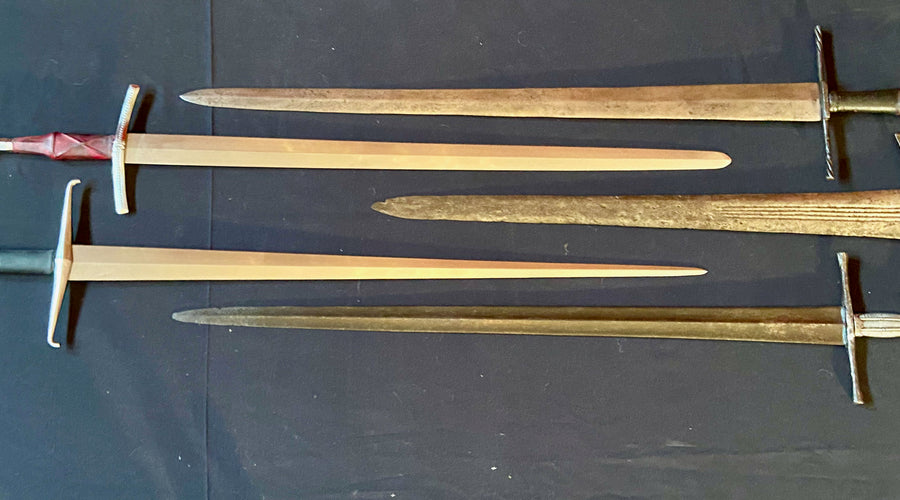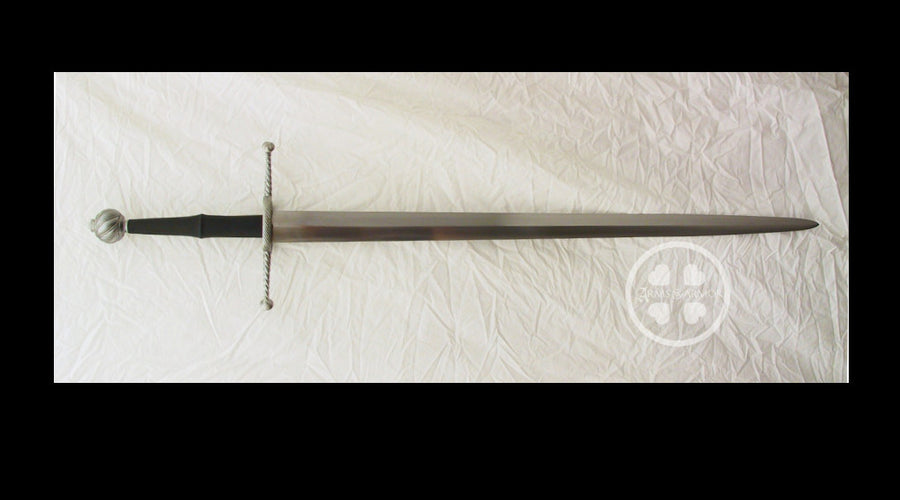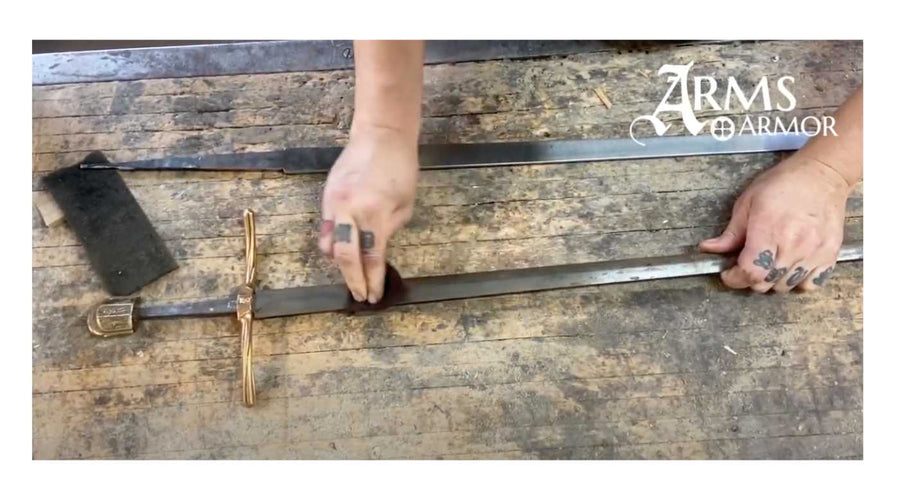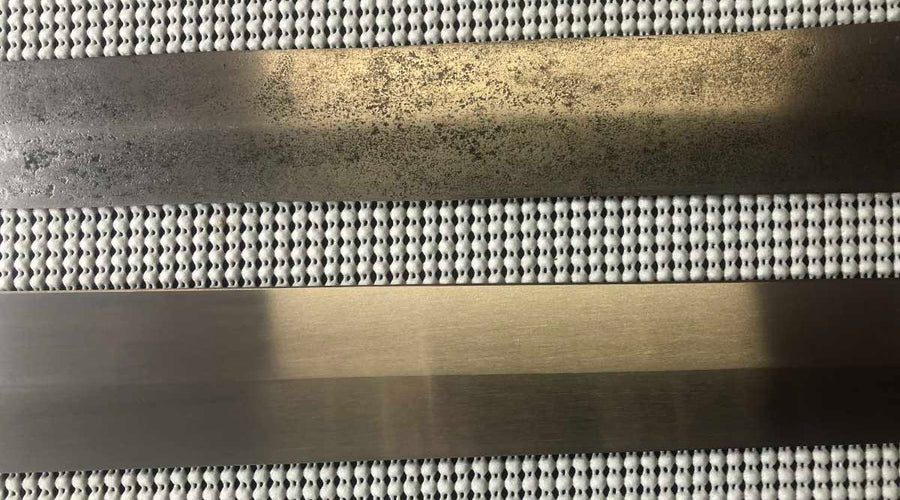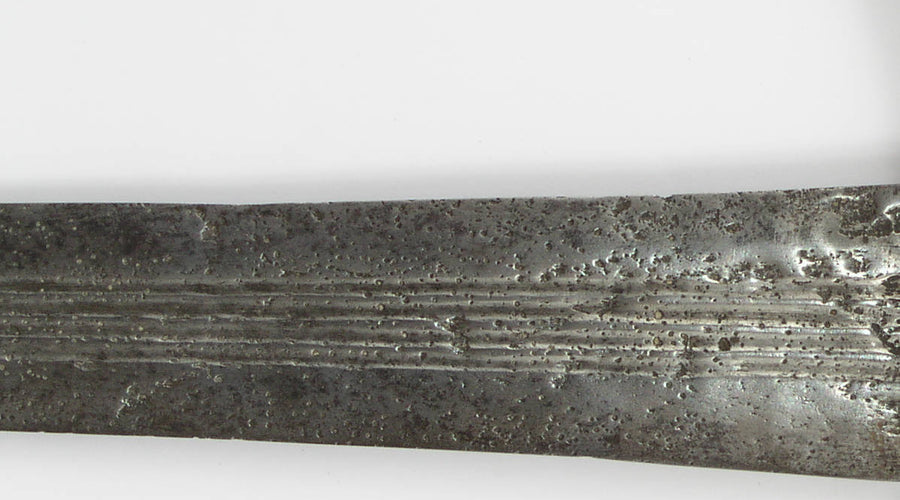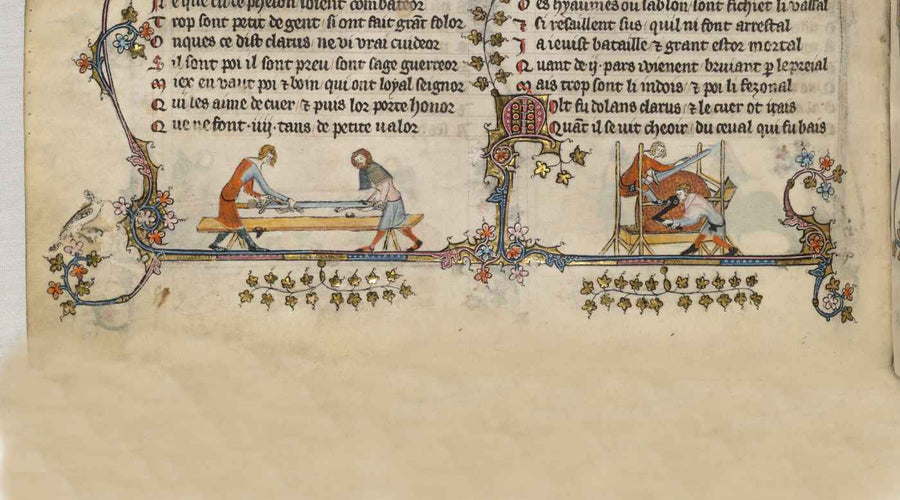Antique
The First Sword
We are often asked "What was the first sword?" when we are feeling snarky we will talk about the first sword we pers...
Hunting Swords
In the Medieval period the hunt was seen as excellent training for combat and would often involve the use of hand we...
Arms & Armour History Conservation and Analysis
This volume brings together papers written by curators, conservators and scientists who have worked very closely wit...
Medieval Knives
One of our favorite things to make are medieval style knives. These blades cover a huge variety in style and size and...
Viking axe Vs Bronze and Medieval Axes
In today's offering Dr. Nathan Clough describes some changes in European axes between the Bronze Age and Medieval per...
Distal and Profile Taper of European Swords
Alright, this post comes with a long video, so settle in and grab some popcorn or a beer. Among historical sword afi...
Product Spotlight: The German Bastard Sword
Our German Bastard Sword is a great example of the heavy combat sword of the 16th Century. It is a sword we choose ...
How do I take care of my sword?
Most people today are used to products that are corrosion resistant and often made of stainless steel. While some che...
Medieval Longword Edge Sharpness
Today we will look in detail at a specific surviving longsword's edge and how sharp such a sword would have been in p...
What is a gothic sword?
Today we examine what it means to call a weapon "Gothic". Though there is a subset of our readers who may have in min...
Medieval Sword Edges, how sharp?
When we look at the functionality of a sword, the edge and point are the only reason the rest of the piece exists. As...
What kind of finish did a medieval sword blade have? pt1
How a medieval sword blade looked when new is an interesting question. The finished blade would, like all human made ...

